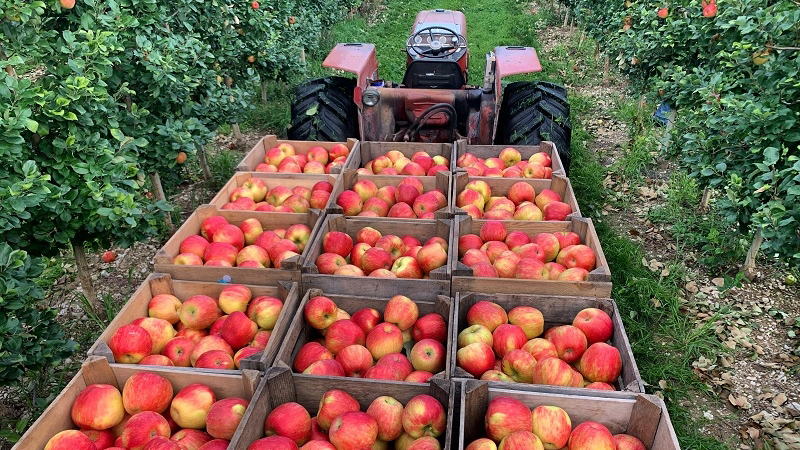New Video Highlights Benefits Of Planting Flowers For Bees
How can we help bees and ensure that farmers continue to get consistent, reliable pollination? A new video produced by the Integrated Crop Pollination Project explores one solution that’s gaining support around the world: adding wildflowers to field edges.
Planting flowers, especially before and after crops bloom, is a key way in which farmers can ensure their crop pollinators stay healthy through the season and produce abundant offspring for the next year.
Research published earlier this year by the Proceedings of the National Academy of Sciences suggests that wild bees may be declining in many of the same areas where the acreage of pollinator-dependent crops, including many fruits, nuts, and vegetables, is increasing.
The loss of natural areas that provide food and shelter for bees in both agricultural and urban settings is likely to be the most important contributor to these declines. Planting flowers on farms, whether in the form of wildflower strips, meadows, or flowering hedgerows, is a direct strategy for countering the loss of these natural areas in farm landscapes.
Researchers working on Michigan blueberry farms found that native perennial wildflower meadows planted near blueberry fields led to increases in pollinator visits to and yield of nearby highbush blueberries. The increased blueberry yields due to gains over time in wild bee populations meant that the plantings more than paid for the cost of their installation by the fourth year after seeding.
This research is supported by the USDA-National Institute of Food and Agriculture (NIFA) Specialty Crop Research Initiative Coordinated Agricultural Project (Award #2012-51181-20105). The video was produced on behalf of the Integrated Crop Pollination Project by Emily May and Katharina Ullmann of the Xerces Society for Invertebrate Conservation.









